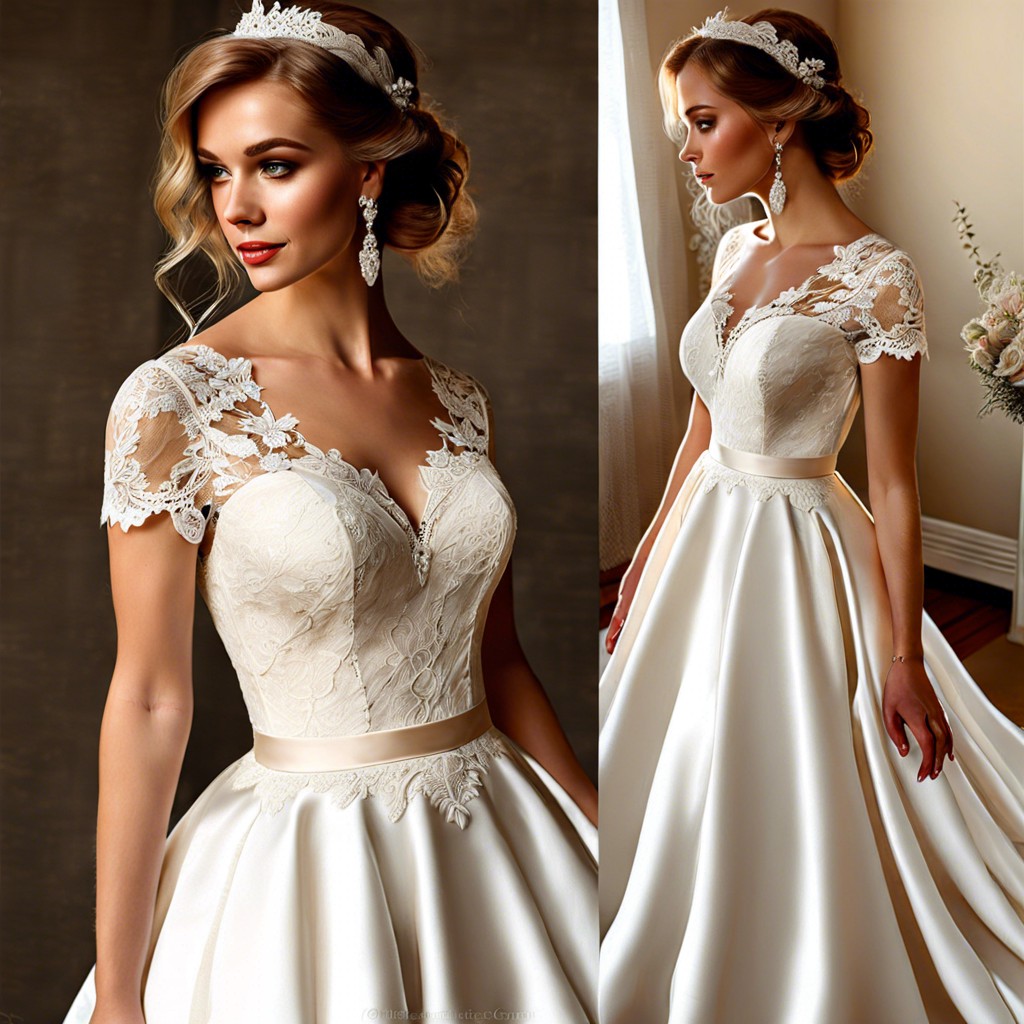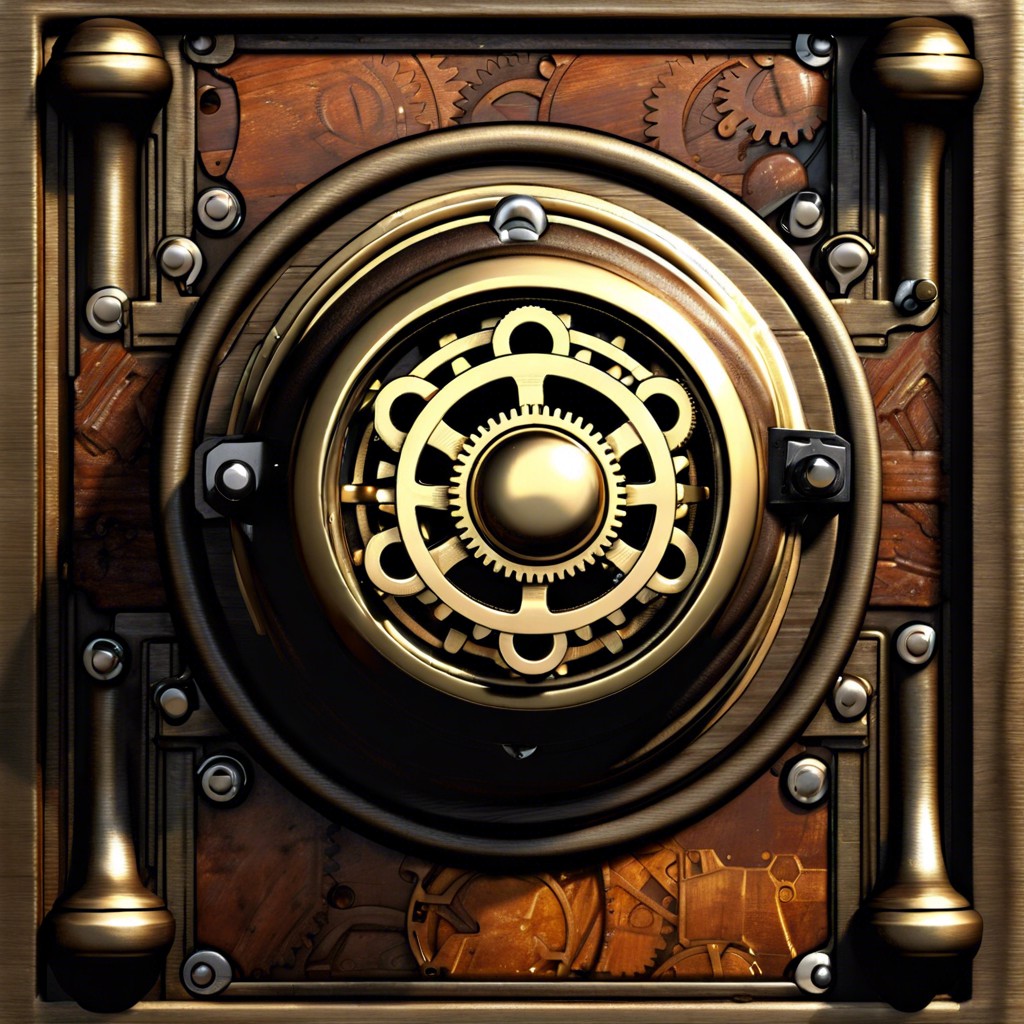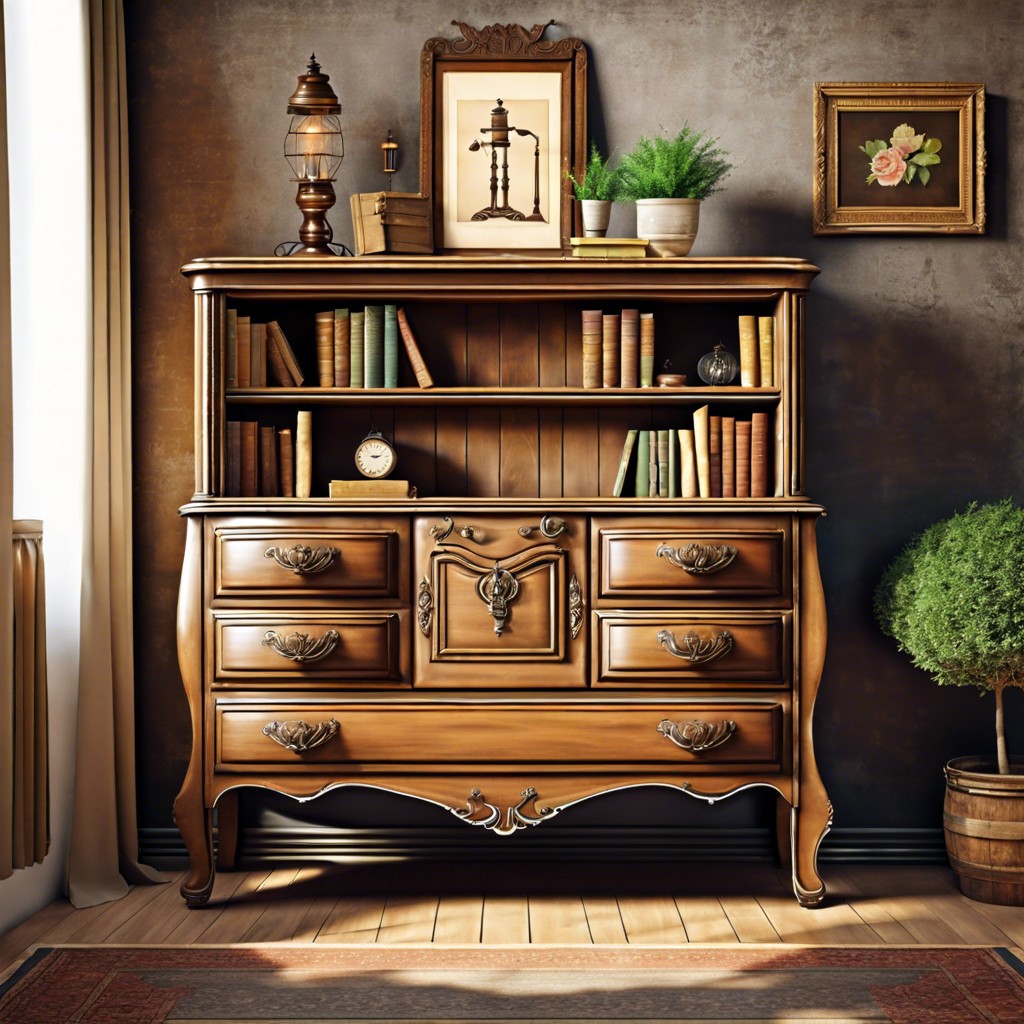Last updated on
Conical fireplaces are transforming modern homes into cozy sanctuaries because their unique designs offer both charm and practicality.
Conical fireplaces shape an atmosphere of warmth and sophistication, effortlessly becoming the centerpiece of any living space with their modern design.
Whether gracefully implemented within an indoor setting, proudly standing in an outdoor landscape, or elegantly mounted against a wall, these fireplaces are a testament to versatility and contemporary style.
From the ease of an electric or gas-powered system to the traditional charm of wood-burning options, each brings its own ambiance.
This guide will navigate through the essentials of selecting the perfect conical fireplace, delving into installation prerequisites, an array of fuel preferences, and vital safety measures to ensure your home radiates comfort and elegance in equal measure.
Key takeaways:
- Conical fireplaces are sleek and modern, serving as a focal point in any room.
- They come in various types, including outdoor, indoor, wall-mounted, ethanol, electric, and gas-powered.
- Considerations for installation include space assessment, ventilation, and professional installation.
- Fuel options range from traditional wood-burning to gas-powered, electric, pellet, and bio-ethanol.
- Safety tips include professional installation, keeping flammable materials away, and regular maintenance.
Design and Aesthetics of Conical Fireplaces
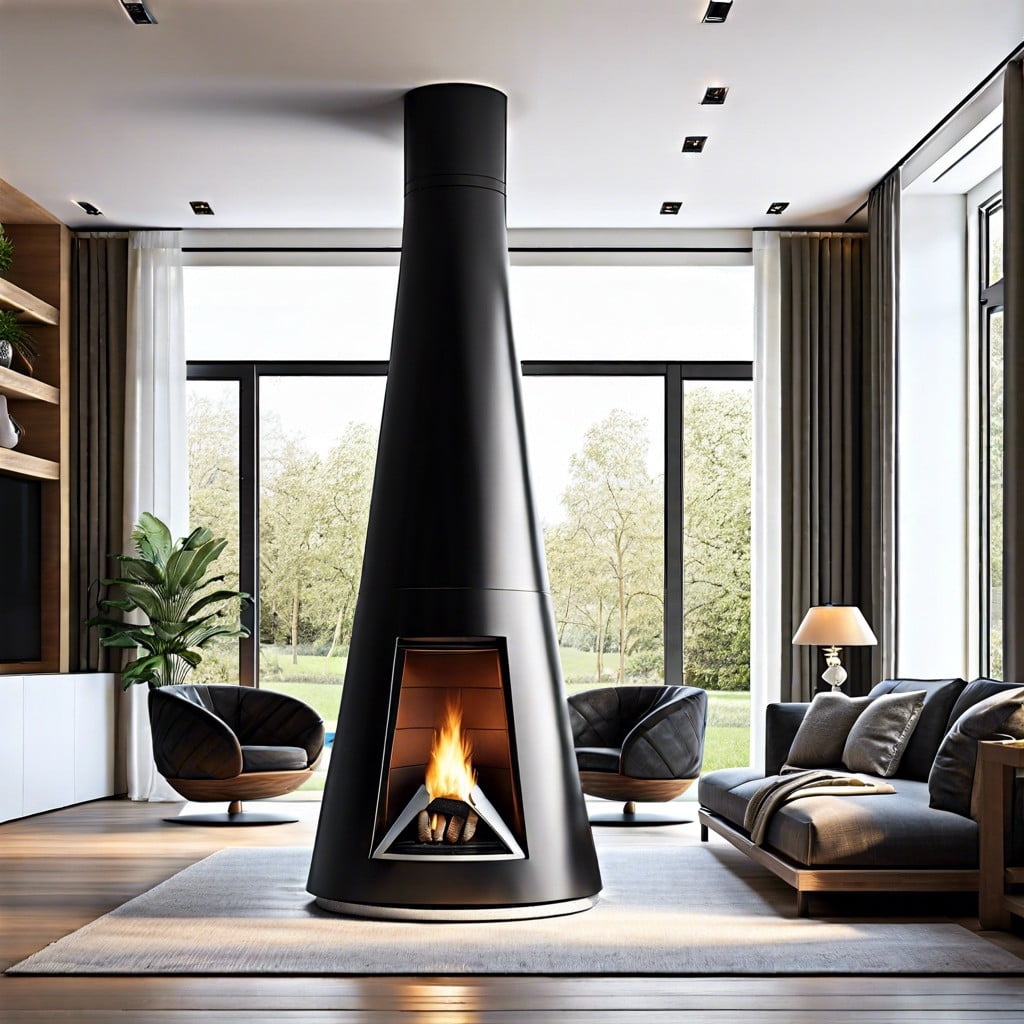
Conical fireplaces, with their sleek and modern silhouette, serve as a focal point in any room. Originating from Danish designs, they embody minimalism while offering a touch of sophistication. Their unique shape allows for a 360-degree view of the flames, creating an inviting atmosphere from all angles.
Materials range from classic cast iron to contemporary stainless steel, each bringing a distinct character to the space. The tapered form not only enhances visual appeal but also promotes efficient heat distribution. Due to their shape and structure, these fireplaces can be suspended, which not only saves floor space but also adds an element of architectural interest.
The versatility in color and finish provides ample opportunity to integrate these fireplaces harmoniously into a variety of interior styles, from rustic to ultra-modern. Their design also lends itself to outdoor settings, acting as a striking centerpiece for patio entertaining.
Historical Evolution of Conical Fireplaces
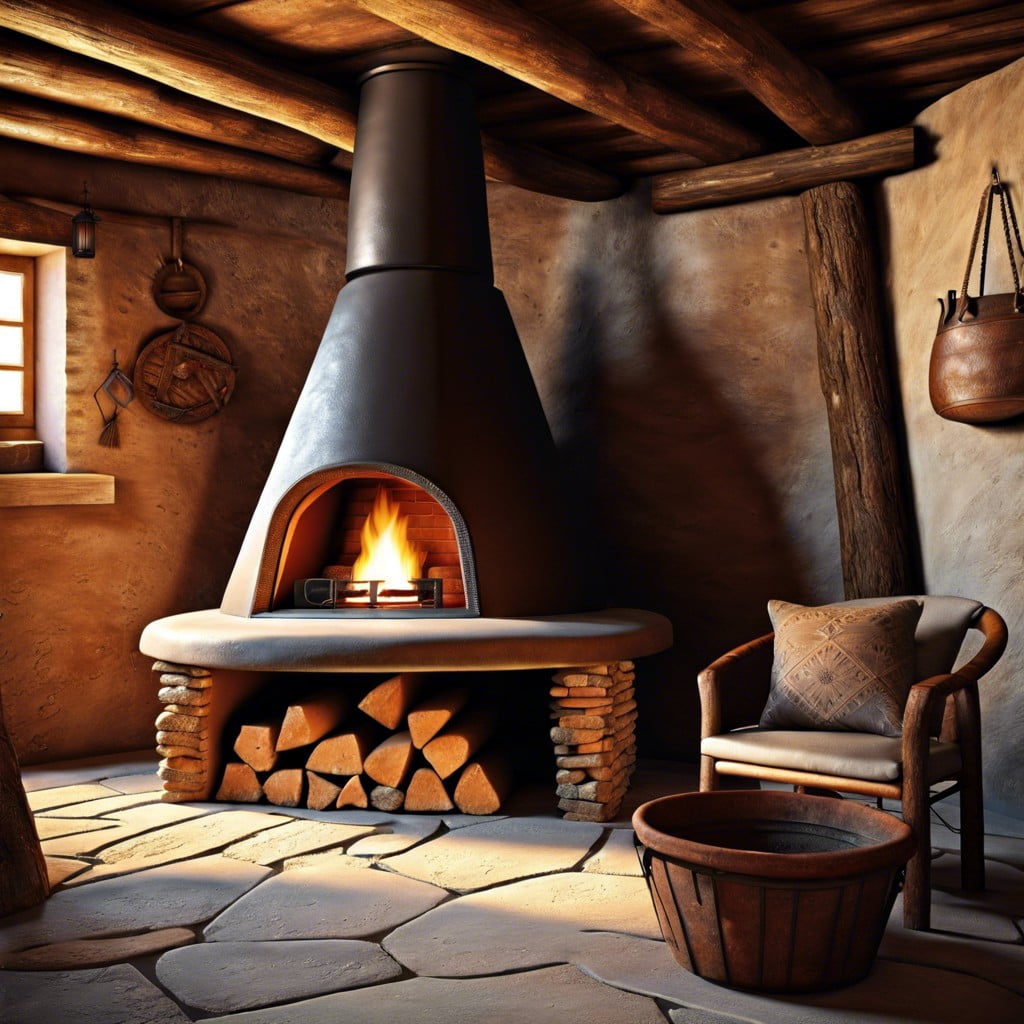
Tracing their origins back to Mid-Century Modern design, conical fireplaces encapsulate the era’s penchant for shapes and lines that blend form with function. Initially popularized during the 1960s, these freestanding units echoed the space-age aesthetic prevalent at the time, characterized by sleek, minimalist profiles.
The design evolution of these fireplaces saw a transition from traditional, bulky masonry to lightweight, portable metal structures, which also allowed for heightened flexibility in interior design. Notably, the integration of new materials and manufacturing techniques facilitated this shift.
As environmental awareness rose, so did alterations in the conical fireplace’s design to improve fuel efficiency and reduce emissions. These adaptations reflect an ongoing commitment to melding the fireplace’s visual appeal with sustainable practices.
The enduring appeal of conical fireplaces rests not only in their distinctive shape but also in their adaptability to various interior settings, from retro-inspired lounges to contemporary living spaces. Their historical evolution demonstrates a successful balance between maintaining nostalgic charm and embracing technological and ecological advancements.
Types of Conical Fireplaces
Outdoor conical fireplaces, typically constructed from durable materials like cast iron or steel, create a focal point for patios and gardens. Their portability allows for flexibility in yard design and enhances entertainment possibilities throughout the year.
Indoor free-standing models serve as a modern centerpiece in any room, offering a 360-degree view of the fire. They can be vented through the ceiling or wall, which dictates their placement and installation requirements.
Wall-mounted conical fireplaces are space savers. They attach to the wall and can be a dramatic visual element in smaller rooms, providing warmth without sacrificing valuable floor space.
Ethanol conical fireplaces are favored for their ease of use and installation. They burn clean and are often portable, making them a popular choice for those seeking minimal maintenance options.
Electric conical fireplaces offer convenience and safety with a realistic flame effect. These are ideal for apartments or homes where traditional venting isn’t an option, and they often come with remote control functions.
Gas-powered variants provide the ambiance and heat of a real flame but with the turn of a knob. They require a connection to a gas line and can have vented or vent-free systems.
Installation Considerations for Conical Fireplaces
Before installing a conical fireplace, assessing the space is crucial. Ensure there’s sufficient clearance from walls and furniture to meet safety codes. A non-combustible flooring or base is also necessary to prevent potential fire hazards.
Ventilation is another critical factor. For wood-burning models, a proper flue or chimney is required to direct smoke outside. Gas and electric fireplaces may have different venting requirements that must be followed for efficient operation and safety.
Hiring a professional installer is highly recommended, as they can address these considerations and conduct a safe and compliant installation. They’ll verify adherence to local building codes, which can vary by region and affect the placement and venting of the fireplace.
Lastly, consider the structural support for the fireplace. Conical fireplaces, especially when made from heavy materials like metal or stone, may need additional floor reinforcement. Consulting with professionals ensures that the fireplace’s weight does not compromise the integrity of your space.
Fuel Options for Conical Fireplaces
Conical fireplaces offer versatility in fuel choices, accommodating various preferences and heating needs. Traditional wood-burning models impart a rustic, sensory experience complete with the crackling sound and woodsy aroma. These require a supply of firewood and regular cleaning to remove ash and soot.
For a cleaner and more convenient option, gas-powered fireplaces are available, which can be connected to a home’s natural gas line or fueled by propane tanks. They ignite instantly with a switch or remote control, eliminating the need for fire-starting materials.
Pellet variants burn compressed wood or biomass pellets, which are fed into the fire via an automated hopper. This provides a balance between the efficiency of gas and the charm of wood fireplaces.
Bio-ethanol fireplaces are a contemporary choice, burning clean liquid fuel that does not emit smoke or require a chimney. They offer the aesthetic appeal of real flames without the extensive installation process.
Electric fireplaces, while not traditional in fuel use, mimic the appearance of fire and can be ideal for those seeking an easy-to-install, maintenance-free option.
Regardless of fuel type, all fireplaces should be operated in accordance with the manufacturer’s guidelines and local building codes to ensure safe and efficient use.
Maintenance and Care for Conical Fireplaces
Regular upkeep is essential to ensure your conical fireplace operates safely and efficiently. Firstly, scheduling an annual inspection by a qualified professional can detect any structural issues or build-up of combustible materials, which could pose a fire hazard.
For routine cleaning, remove ashes with a shovel and bucket once they’ve cooled completely. It’s crucial to use a metal container with a tight-fitting lid to minimize the risk of ash igniting. Keep this container outside, away from flammable surfaces.
The interior should also be periodically wiped down to clear any soot or debris. During this process, take special care around the damper and flue — these are key components that facilitate proper ventilation.
Regarding the exterior, stainless steel models may require polishing to maintain their luster, while cast iron variants might necessitate a coat of stove paint to prevent rusting.
Lastly, for wood-burning units, use hardwoods that are properly seasoned to reduce creosote accumulation, which in turn minimizes the risk of chimney fires. Remember, keeping the fireplace clean not only extends its lifetime but also enhances the comfort and warmth it brings to your home.
Safety Tips for Using Conical Fireplaces
Ensure your conical fireplace is installed by a certified professional to guarantee it meets all safety codes and standards.
Keep flammable materials, such as curtains, furniture, and décor, at least three feet away from the fireplace to prevent accidental ignition.
Use a protective screen or guard around the fireplace to protect against accidental burns and to keep children and pets at a safe distance.
Regularly inspect and clean the chimney and flue to prevent soot and creosote buildup, which can lead to chimney fires.
Install smoke detectors and carbon monoxide detectors in your home, and test them monthly to ensure they are functioning properly.
Never leave a fire unattended, and make sure the fire is completely extinguished before going to bed or leaving the house.
Use the correct type of fuel as recommended by the manufacturer, and avoid overloading the fireplace to prevent excessive heat and potential hazards.
By adhering to these safety tips, you can enjoy the warmth and ambiance of your conical fireplace with peace of mind.
Popular Brands and Manufacturers of Conical Fireplaces
When exploring the market for conical fireplaces, several brands stand out due to their reputation for quality, design, and innovation. Malm Fireplaces, for instance, has been a leading name since the 1960s, offering a range of mid-century modern inspired units that epitomize both style and function. Their freestanding fireplaces are particularly iconic and come in various finishes to suit different interiors.
Another notable brand is Focus Fires, a French company renowned for its avant-garde fireplace designs. Their models often feature a sculptural quality that transforms the functional piece into a statement art object within a living space.
For those seeking a more contemporary touch, Bodart & Gonay offer a range of high-efficiency conical fireplaces that balance aesthetic appeal with ecological responsibility. Their attention to energy efficiency appeals to environmentally conscious homeowners.
Lastly, for a touch of Scandinavian design, Rais is a Danish manufacturer known for its minimalist and sleek conical fireplaces. Their products not only provide warmth but also serve as a focal point in the home, boasting clean lines and superior craftsmanship.
Delving into these brands can provide a clearer vision for homeowners looking to integrate a conical fireplace that aligns with their specific tastes and practical requirements.
Cost Range and Affordability of Conical Fireplaces
Prices for conical fireplaces vary significantly based on factors such as material, size, design, brand, and whether they’re freestanding or built-in. Entry-level models, typically made from more cost-effective materials and featuring simpler designs, can start from around $1,000. Mid-range options, which offer a balance between quality and affordability, may range between $2,000 to $4,000. High-end conical fireplaces, boasting superior materials like cast iron or designer branding, can exceed $5,000, particularly for custom installations.
Considering the cost of additional components such as flue systems, installation, and any structural alterations is also crucial. To ensure affordability, explore various brands, compare prices, and check for seasonal discounts or promotions. Moreover, weighing the long-term benefits of efficiency and durability against the initial expense can result in more informed purchasing decisions.
Pros and Cons of Conical Fireplaces
Advantages:
- Style: Their unique shape becomes the focal point of any room, adding a modern twist to home decor.
- Heat Distribution: The cone design allows for a more efficient distribution of heat, radiating warmth evenly throughout the space.
- Space Efficiency: Their vertical orientation often requires less floor space, making them suitable for smaller rooms.
- Durability: Many models are built with robust materials that ensure longevity.
Disadvantages:
- Cost: Conical fireplaces can be more expensive than traditional models due to their design and materials.
- Installation: They may require professional installation, which adds to the overall cost.
- Furniture Placement: The central positioning can limit how furniture is arranged in the surrounding space.
- Accessibility: Maintenance and cleaning could be more challenging due to the height and shape.
Customization Options for Conical Fireplaces
When selecting a conical fireplace, the ability to tailor it to personal taste and home decor is a significant advantage. One can choose from a variety of materials, such as cast iron, steel, or ceramic, each adding a distinct texture and durability. Finish options range from matte black to glossy enamel or even custom colors to match or contrast with existing design elements.
Size customization is also important, with models available to fit the scale of the room – from compact versions for cozy spaces to commanding centerpieces for larger areas. For those seeking a unique touch, designer collaborations offer artistic editions featuring intricate patterns or bespoke detailing.
In terms of functionality, you have the choice of adjustable flue systems and ventilation control to enhance the efficiency and comfort of your space. Additionally, some manufacturers present on-field adjustable legs for uneven surfaces, ensuring stability and safety.
Furthermore, optional extras include mesh screens to contain sparks, specialized fire tools, and protective floor pads. These selections not only contribute to the convenience and safety of the fireplace but also complement its style and user experience.
Environmental Impact of Conical Fireplaces
Conical fireplaces, with their unique shape, contribute to home heating while also impacting the environment. When considering the purchase of one, it’s important to be mindful of the type of fuel used. Wood-burning models, for instance, can emit pollutants like carbon monoxide and particulate matter, potentially affecting air quality. To mitigate this, it’s advisable to use seasoned hardwood, which burns cleaner than softwoods.
Gas-fueled conical fireplaces, on the other hand, offer a cleaner-burning alternative, producing fewer emissions. They often comply with stricter environmental regulations, making them a more environmentally conscious choice.
Modern advancements have also seen the introduction of electric conical fireplaces. They generate heat without combustion, thus eliminating direct emissions. This clean operation is contingent on the source of the electricity; if the power comes from renewable resources, the environmental impact is further lessened.
For those concerned with sustainability, exploring models with EPA certification can lead to more eco-friendly heating solutions. These fireplaces meet emission standards set by the Environmental Protection Agency, ensuring a reduced carbon footprint.
Lastly, the installation of a conical fireplace should be optimized for heat distribution to enhance energy efficiency. Well-planned placement and additional features like heat exchangers can maximize warmth while conserving energy.
How to Choose the Right Conical Fireplace for Your Space
Considering the unique style and design of conical fireplaces, selecting the perfect model for your space involves several factors:
Measure Your Space: Ensure ample clearance around the fireplace for safety and aesthetics. A conical fireplace should serve as a focal point without overwhelming the room.
Assess Ventilation Requirements: Evaluate whether your space can accommodate necessary venting or if you’ll need a ventless model, which must be used with caution and may have restrictions based on local building codes.
Determine the Desired Heat Output: Understand your heating needs. Conical fireplaces are available in various heat outputs, measured in BTUs. A properly sized unit will provide comfort without excess energy waste.
Consider Usage Frequency: If you plan to use the fireplace as a primary heat source, opt for a durable, high-quality model. For occasional use, aesthetics might take precedence.
Evaluate Fuel Types: Choose between wood, gas, bio-ethanol, or electric models based on availability, convenience, and the sensory experience you prefer, such as crackling wood or the ease of a remote-controlled flame.
Match Your Decor Style: Conical fireplaces come in different materials and finishes. Select a design that complements your existing decor while also making its own statement.
Think Long-Term: Invest in a fireplace that not only suits your current lifestyle but also considers future changes, such as room redesigns or moving to a new home.
By analyzing these aspects, you’ll be equipped to make an informed decision on a conical fireplace that seamlessly blends functionality with your personal style and space requirements.
Accessories and Add-ons for Conical Fireplaces
To enhance the functionality and appearance of your conical fireplace, there are a variety of accessories and add-ons to consider:
- Fireplace Tools: A set of fireplace tools, including tongs, a poker, brush, and shovel, is essential for safe fire management and cleaning.
Spark Guard: A mesh metal screen or glass door can prevent embers from escaping, protecting your floor and furnishings.
Grates and Andirons: These elevate the wood, allowing for improved airflow and a more efficient burn.
Chimney Caps: Fitted to the top of the chimney, caps prevent debris and animals from entering, and reduce downdrafts.
Log Holders: Stylish log holders keep your firewood neatly stacked and accessible, while complementing your decor.
Fire Starters: Firelighters and kindling aids can simplify the process of getting your fire roaring.
Heat Reclaimers: Attach these to your chimney to capture heat that would otherwise be lost, redistributing it back into the room.
By selecting the right accessories, you augment both the performance and the ambiance of your conical fireplace.
FAQ
What is the most efficient fireplace?
The most efficient fireplace type is the gas fireplace due to its superior energy utilization compared to wood-burning and pellet fireplaces.
How efficient are Malm fireplaces?
Malm fireplaces, specifically the Gas Direct Vent Malm 34" Zircon Cone model, are approximately 74% efficient and capable of heating an area of 1,200-1,400 square feet.
Where are Malm fireplaces made?
Malm fireplaces are designed and manufactured in Sonoma County, California.
What distinguishes Malm fireplaces from other brands?
Malm fireplaces distinguish themselves with their iconic freestanding, mid-century modern design and use of high-quality, durable materials.
Can Malm fireplaces be used outdoors?
No, Malm fireplaces are designed for indoor use only.
What are the safety precautions to observe with conical fireplaces?
The safety precautions for conical fireplaces include ensuring proper installation, regular maintenance, providing adequate ventilation, using appropriate fuel, and maintaining a safe distance from flammable items.

